Whether we like it or not, fall (and winter) are just around the corner. The days are getting shorter and the weather is getting colder! As the seasons pass, your yard and garden have different needs in order to keep them strong and healthy. Here are just a few tips you can do in the fall for your yard to be ready for winter!
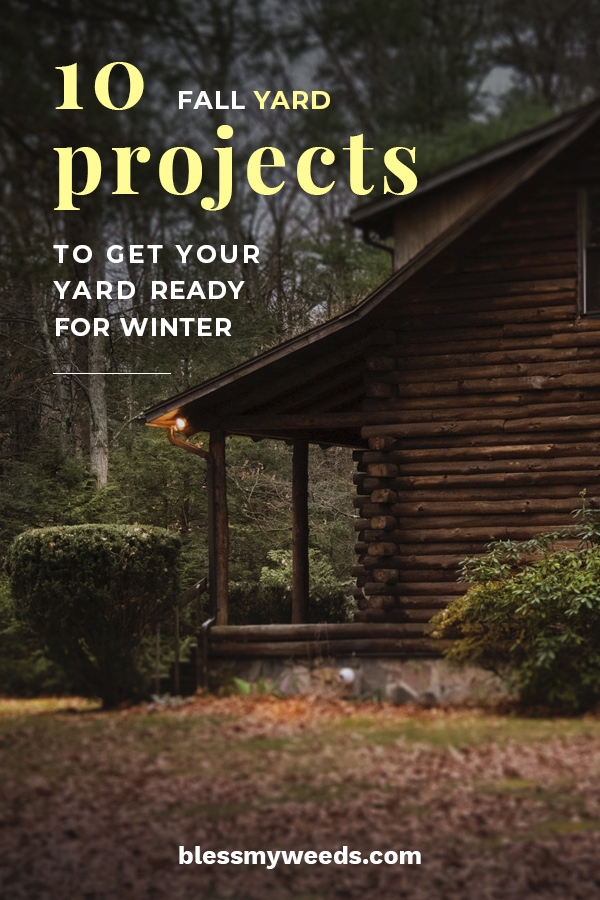
Aerate the Lawn
Aerating makes little holes throughout your lawn so that it can breathe and for water and nutrients to go straight to the root system. Aerators are pretty self-explanatory and, if you don’t have one, can usually be rented from a local hardware store or nursery.

Take Care of Perennials
Help protect your perennials and keep them healthy by preparing them for winter. The most important thing is to prune your perennials back so that only the most important parts are still intact. Any extra, dangling stems or leaves can expose it to the winter cold and waste precious energy in keeping it alive. You can also mulch and fertilize the perennial.

Clean up Annuals
For your plants that aren’t going to bloom after winter, do yourself a favor and get rid of them now. You won’t have to dig them out of the frozen or thawing ground during spring, and you can avoid dead and gross looking flowerbeds during the winter months.
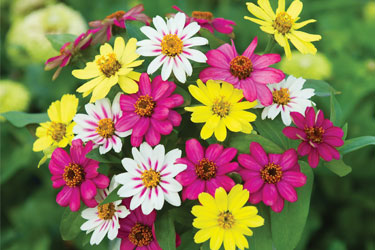
Water and Mow
Just because your lawn isn’t growing as fast, doesn’t mean you should stop mowing or watering it. As the weather gets colder, the grass blades don’t grow as much, but the root system continues to expand. By watering and mowing your lawn frequently during fall, you’ll allow the maximum amount of light and water to provide nutrients for your lawn.
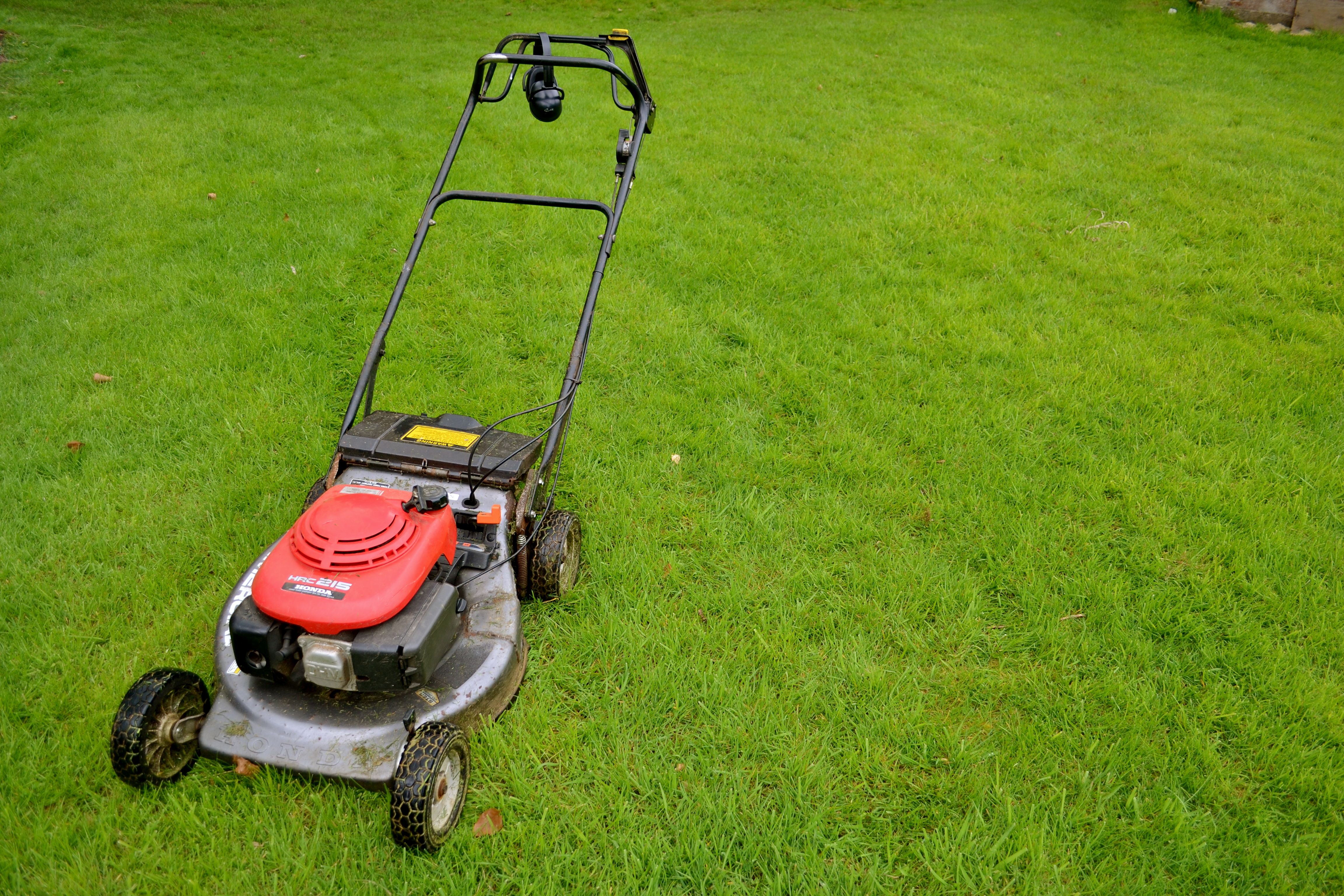
Add Winterized Fertilizer
Winterized fertilizer has higher potassium and phosphorous than normal summer fertilizers because those are the nutrients that it most needs during the colder months. By spreading winterized fertilizer on your plants, you can make sure they stay healthy even when they’re more dormant during winter.
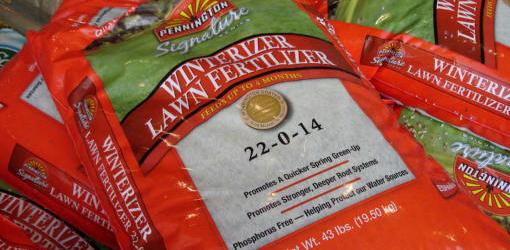
Clean and Store Tools
You don’t want to come out to your tool shed after a long, cold winter only to find your tools dirty and disorganized. As winter sets in, make sure to clean all the dirt and rust off your tools and to put them somewhere they’ll remain safe and dry.
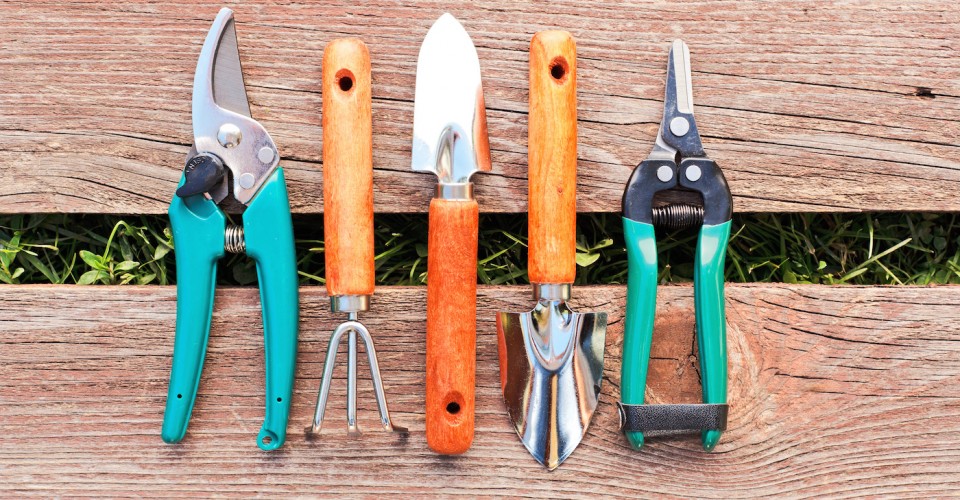
Rake Leaves
This may be a hassle, but the best way to deal with leaves is to rake them every time they fall off. It may be tempting to just get them all in one fell swoop, but in order to keep your yard healthy, you should pick up the leaves as soon as they fall. If not, your lawn can get fungus and the leaves will block light and water from getting all the way down into the roots.
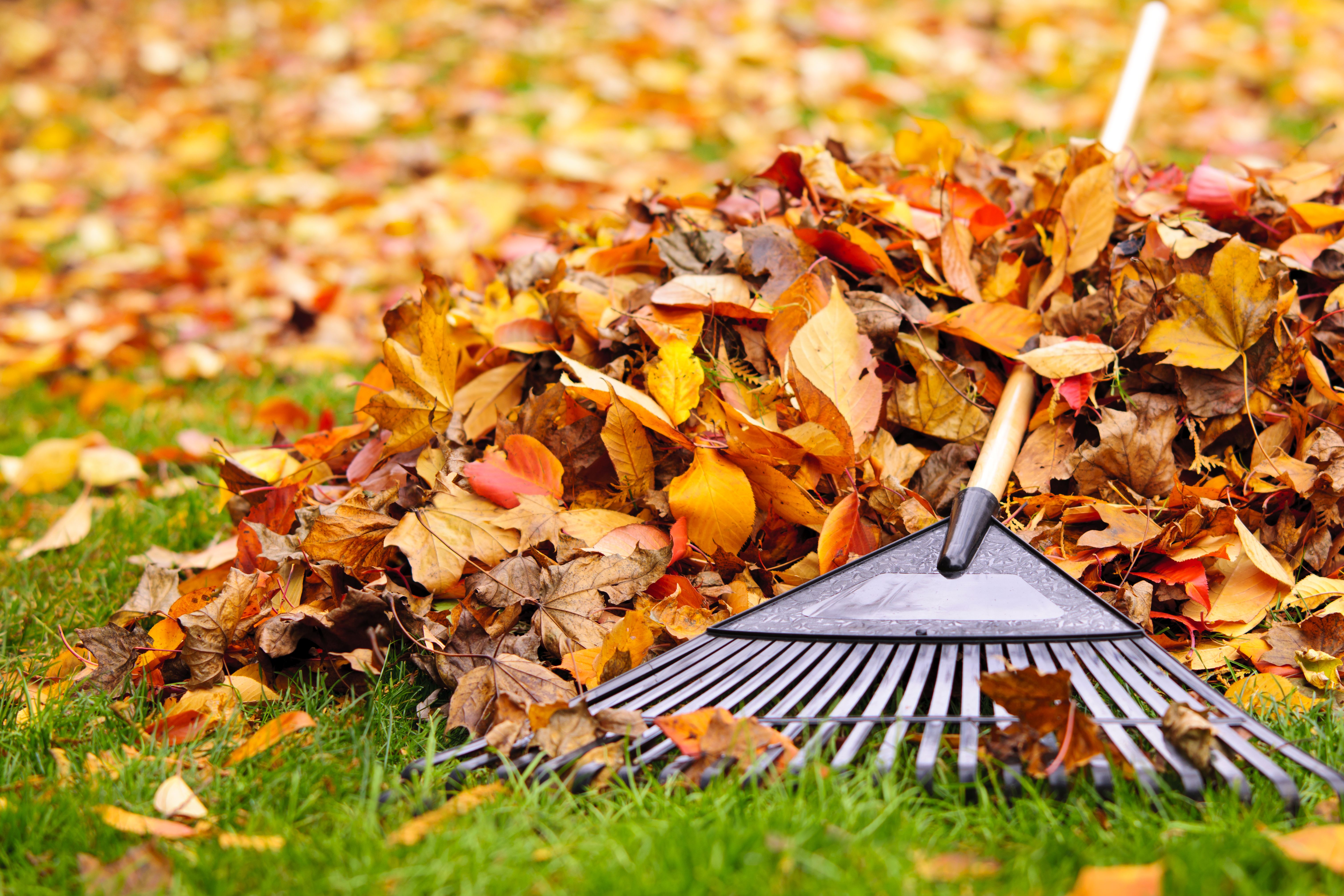
Insulated Foam Covers
This is especially important if you have cold, harsh winters. An insulated foam cover for your spigot will protect it from completely freezing over and also keep it safe from severe weather conditions. Also make sure to put all your hoses away (without any water in them) and to turn the spigot off.
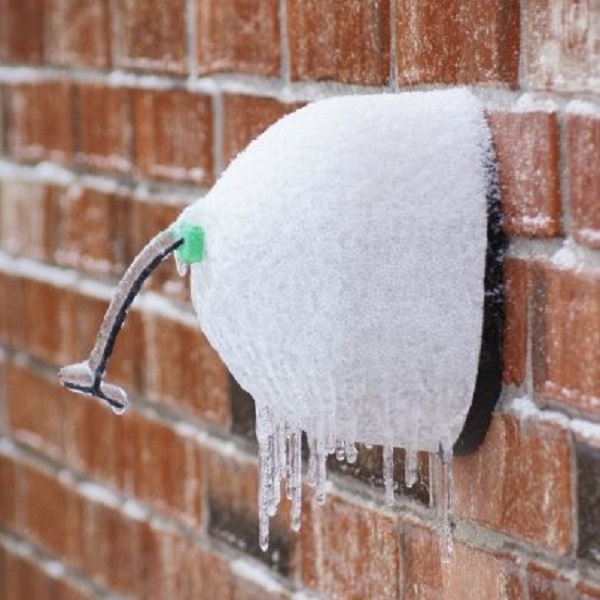
Protect Potted Plants
The easiest way to keep potted plants safe during the cold months is to bring them inside where they’re out of winter’s grasp. However, if you’re going to keep them outside then there are a few things you can do. Put them on grass, not cement, in order for the temperature to remain stable and also wrap the pot in blankets to insulate them.

Remove Support Material
Cold weather kills plants and stops growth; that’s just how things work. As winter sets in, make sure to clean up your garden and lawn by removing large sticks, dead leaves, and any fallen fruit. Also make sure to store away any cages, trellises, or other support material that you used for your plants. Wash and clean them in order to get rid of diseases and ensure their use for the next year.
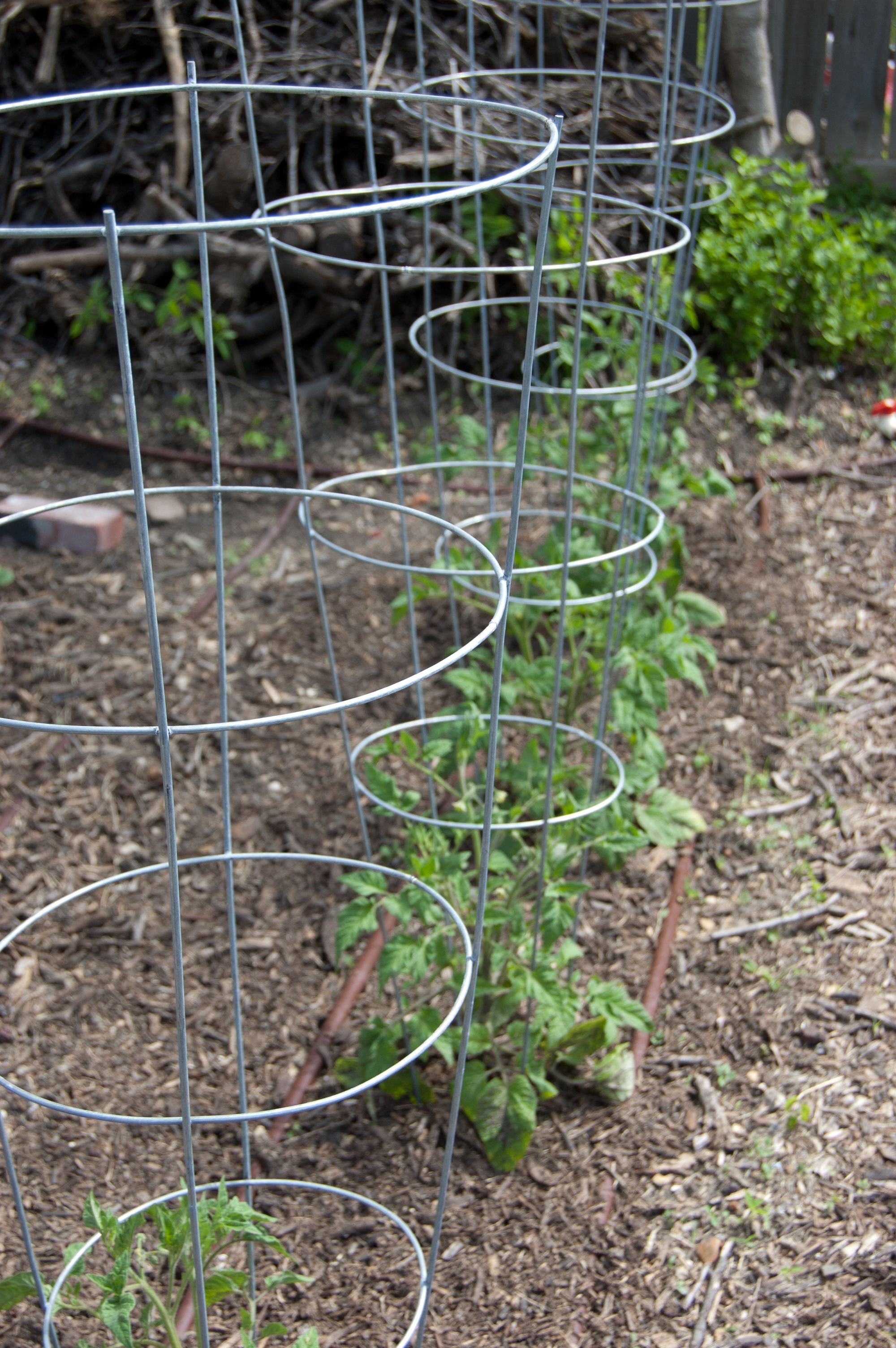
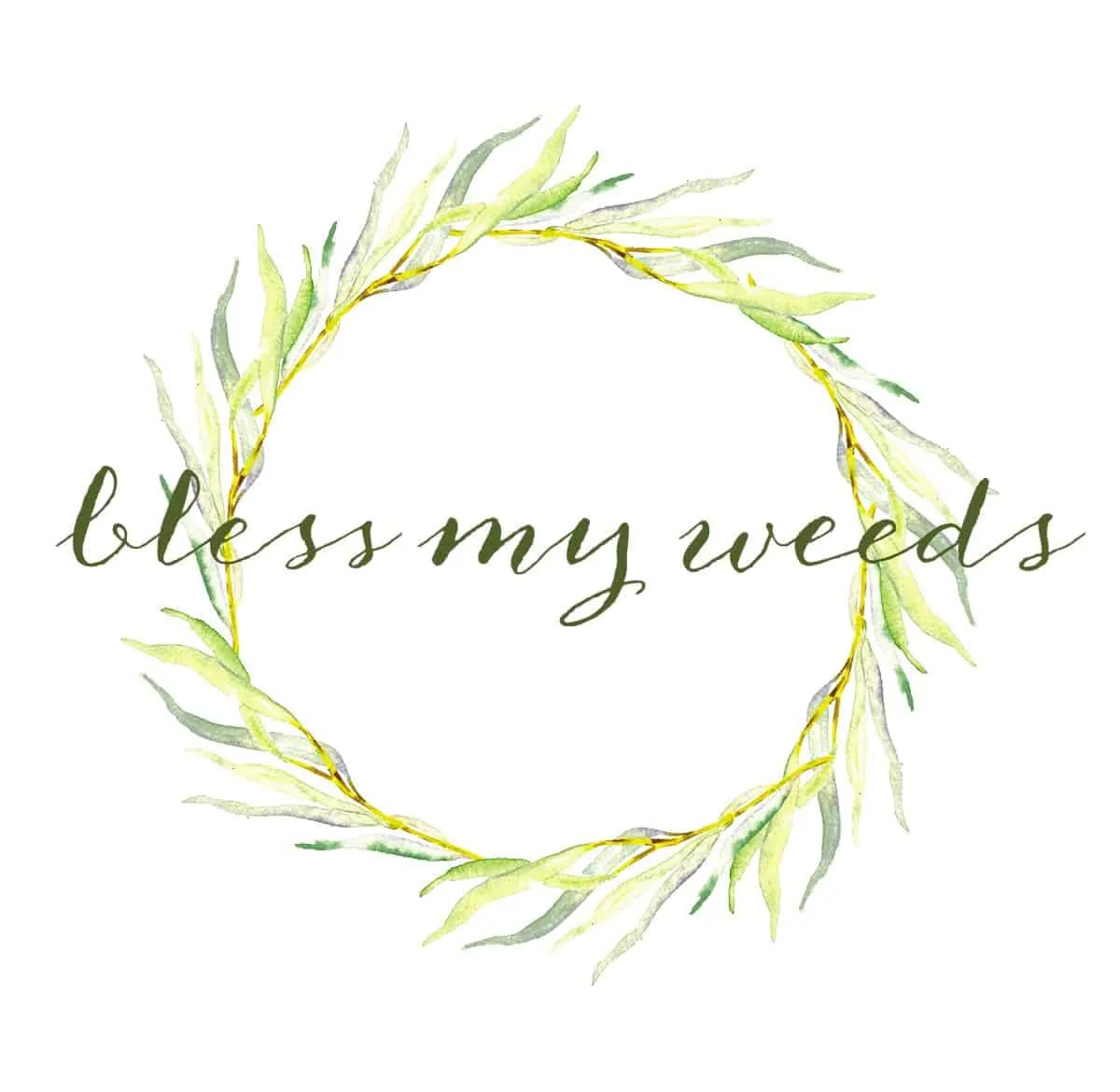
Only some pots can be left outside if you live in an area where the pot is likely to freeze. Most pots made of clay which is unglazed in any area will crack if left outdoors in a climate winter temps of 32 degrees or lower. Terracotta pots are an example. When they get wet, the moisture absorbs into the walls ot the pot. Freezing and thawing causes cracks. Most clay pots are unglazed on the bottom. However, I recently came across pots at a big box store that sold clay pots in which the label claimed they were resistant to cracking. I may try one. I leave my large plastic pot outdoors in my zone 6 climate and they do fine.